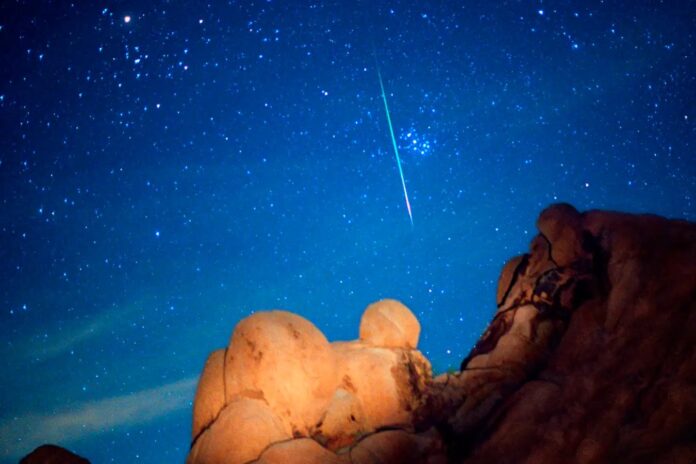Every year, Earth passes through trails of cosmic debris left by comets and asteroids, creating dazzling meteor showers. This November, a new moon offers us an excellent opportunity to witness the Leonids—a celestial spectacle that has captivated stargazers for centuries.
The Leonid meteor shower originates from dust shed by Tempel-Tuttle, a comet spanning roughly 3.6 kilometers in diameter that circles our sun every 33 years. When Earth journeys closest to Tempel-Tuttle’s path, the Leonids transform into a spectacular “meteor storm,” with thousands of meteors streaking across the sky each hour. While such intense storms don’t occur frequently (the last one was in 2002), even without a storm, this year promises a good show for meteor enthusiasts.
The shower peaks in the evening of November 17th into the early morning hours of November 18th. What makes this period particularly ideal is that it coincides with a very thin waning crescent moon—meaning significantly less moonlight to obscure the fainter meteors. While you don’t need to locate the constellation Leo, which gives the shower its name, it certainly helps! The constellation resembles an upside-down question mark or sickle and lies near the Plough (or Big Dipper).
To maximize your viewing experience:
* Choose a dark location: Escape city lights as much as possible for optimal darkness. Even in urban areas, dimming house lights and allowing your eyes to adjust can make a difference.
* Get comfy: Meteor showers require patience, so dress warmly and find a comfortable spot with minimal neck strain from looking up. A reclining chair or even lying on a blanket with pillows works well.
The Leonids typically feature a gradual peak rather than a sudden burst. So, if you have clear skies around November 17th, try venturing out the night before or after as well—you might be surprised by what you see.
While meteor showers remain somewhat unpredictable in their intensity each year, these celestial displays offer a timeless connection to the cosmos and an awe-inspiring reminder of the vast universe we inhabit.

































